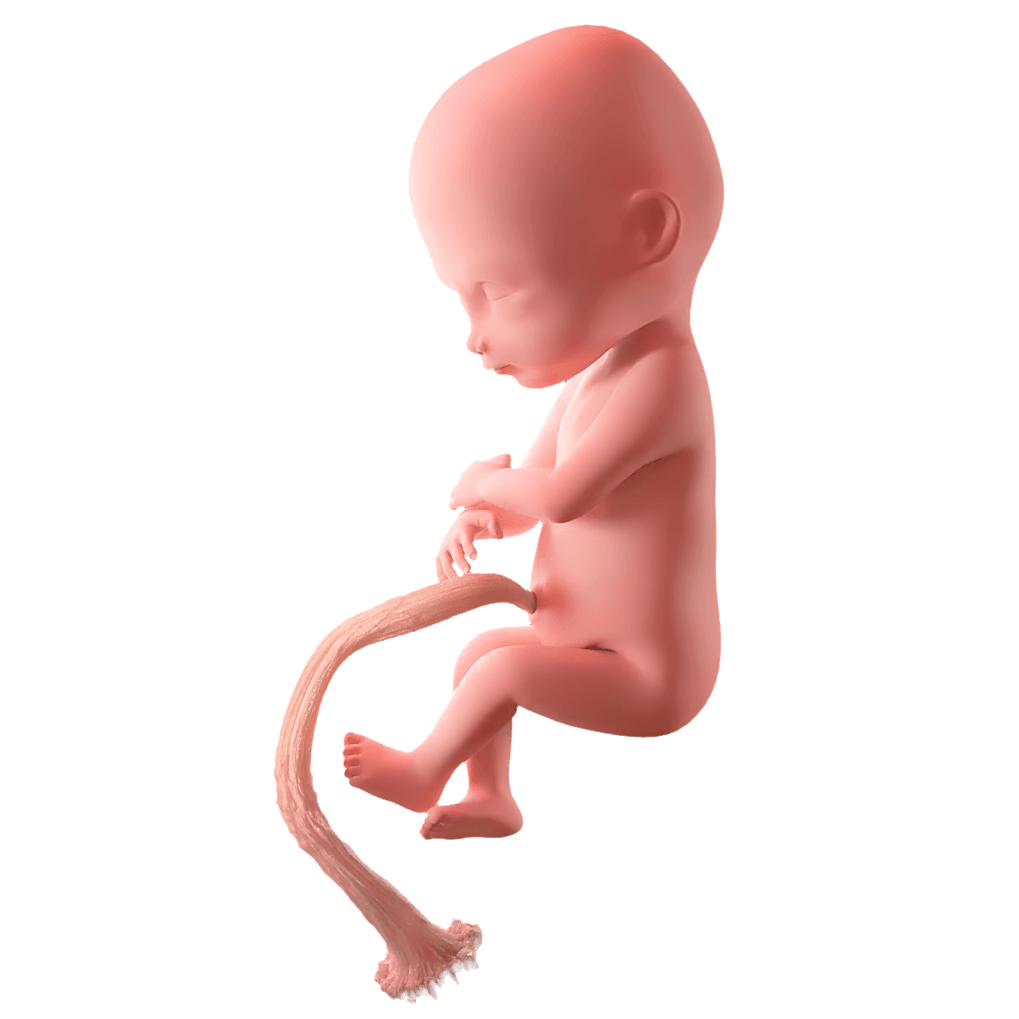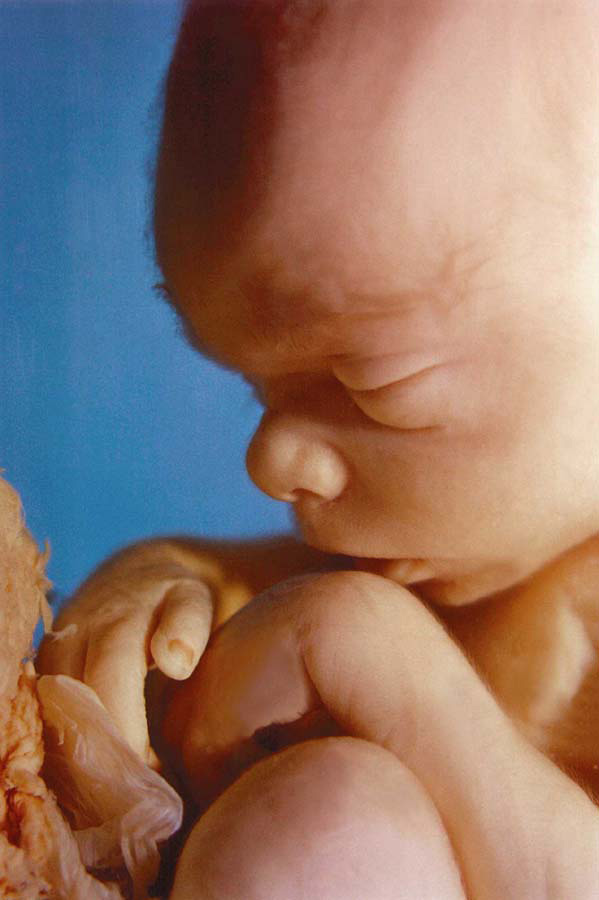Starting in the fifth month, the fetus’s movements and breathing follows a daily cycle, called a circadian rhythm.5 Interestingly, fetal activity, especially breathing movements, increases about two hours after the mother eats, and then starts to decrease.6 The fetal heart rate follows a daily pattern as well.7
By examining continuous ultrasounds of fetuses between 20 and 40 weeks, researchers found that the fetus shows periods of wakefulness, and that she sleeps in cycles of about 45 minutes, or half the length of an adult sleep cycle.8
In females, the number of future eggs in the ovary peaks around 7 million at 21 weeks. After this, the ovary essentially stops creating oogonia, and about 5 million of these cells die before birth. The remaining oogonia produce several thousand primary oocytes, or egg cells.9









